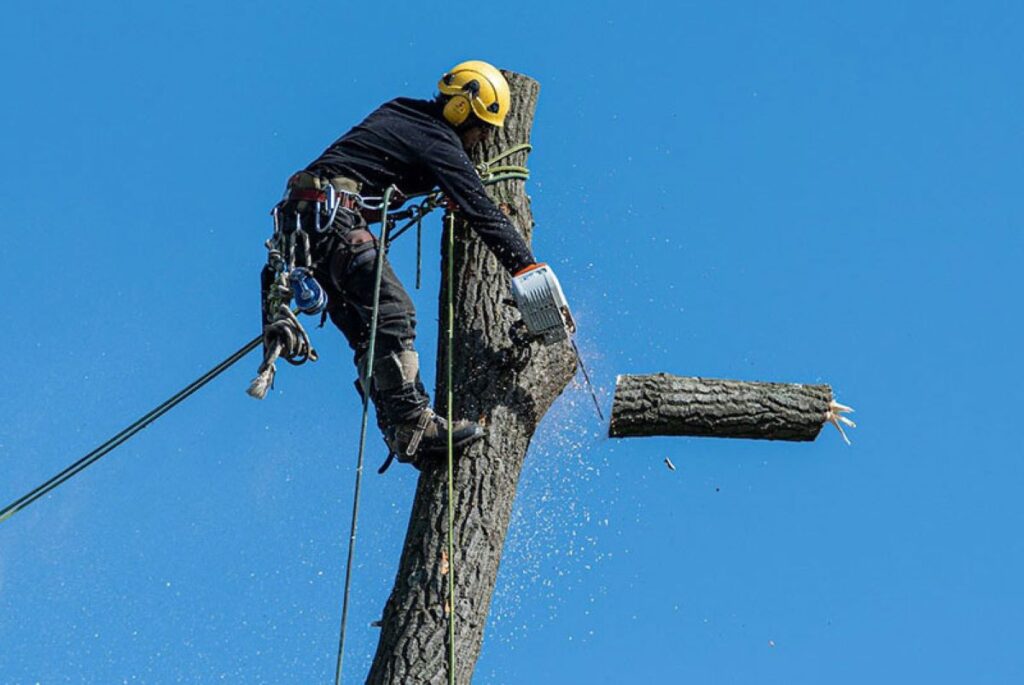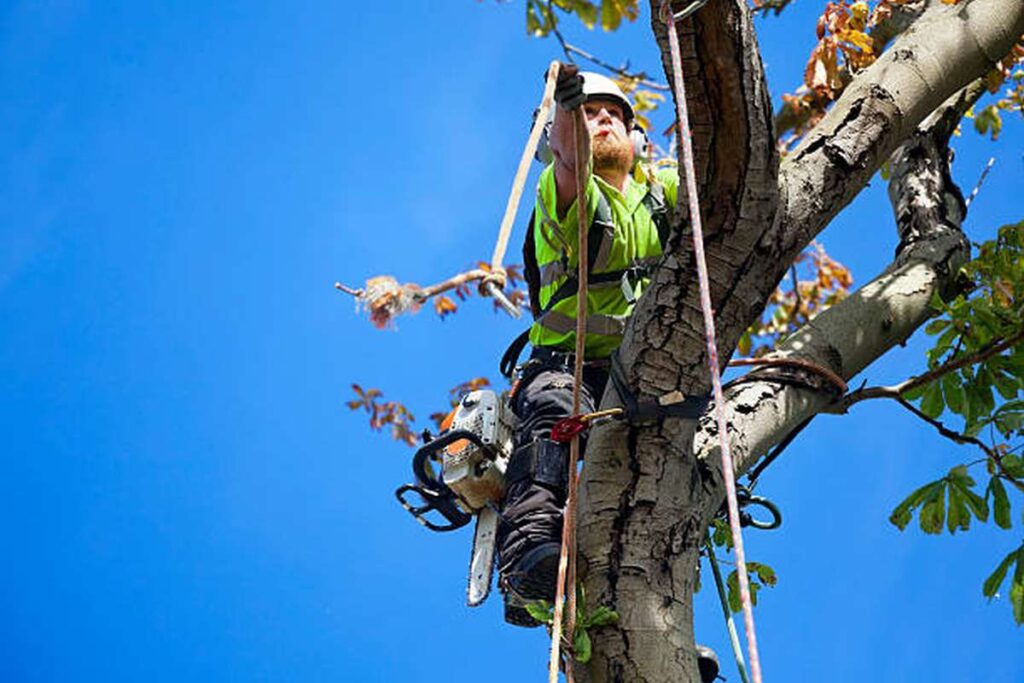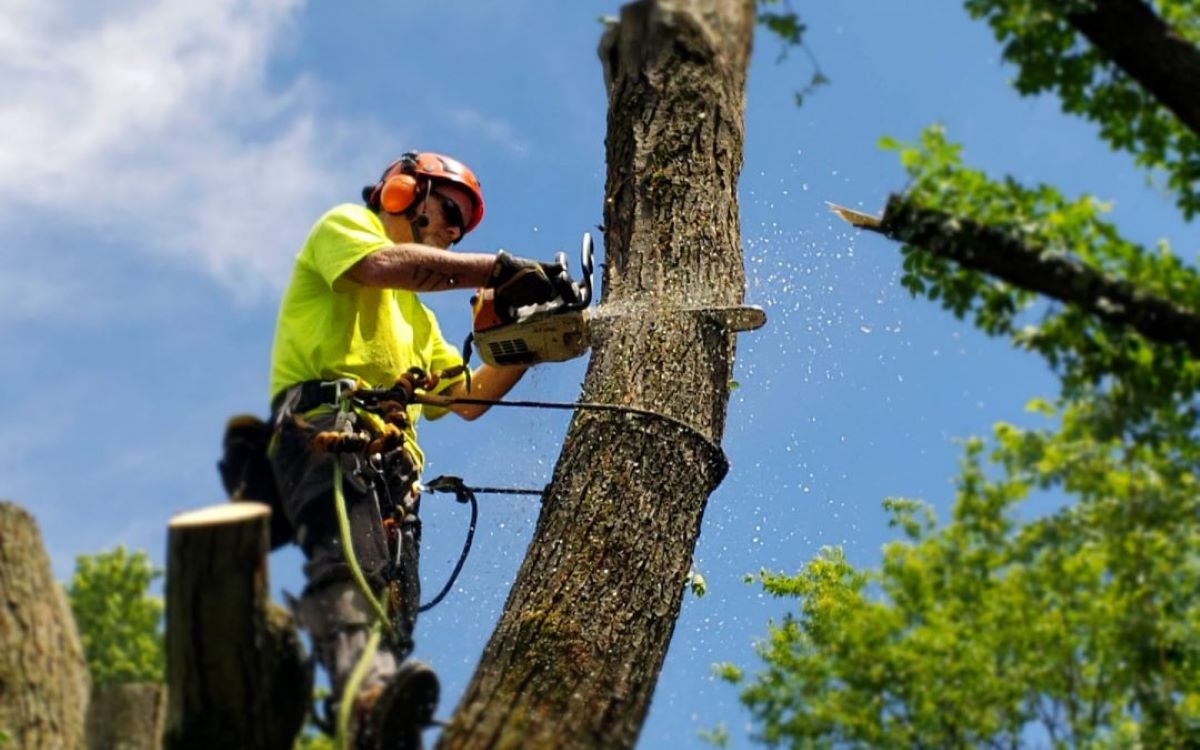The picturesque Blue Mountains region, known for its stunning landscapes and rich biodiversity, is a popular destination for both residents and tourists alike. However, the presence of trees, while essential for the environment, can sometimes pose significant safety risks to properties. Understanding the implications of tree removal can be crucial for homeowners seeking to enhance safety on their premises. This article explores how tree removal can improve safety in Blue Mountains properties, addressing the potential hazards and the benefits of proactive tree management.
Understanding the Risks of Trees
While trees provide numerous benefits, including shade, aesthetic appeal, and habitat for wildlife, they can also present various risks, particularly in residential areas. The unique climate and geography of the Blue Mountains can exacerbate these risks, making it essential for property owners to be vigilant.
Structural Damage
One of the most significant risks associated with trees is the potential for structural damage. Over time, tree roots can invade foundations, causing cracks and instability. Additionally, branches that grow too close to buildings can lead to damage during storms or high winds. In extreme cases, entire trees may fall, resulting in catastrophic damage to homes, vehicles, and other structures.
Regular inspections of trees on or near properties can help identify those that pose a risk. Dead or decaying trees, in particular, should be prioritised for removal, as they are more likely to succumb to strong winds or heavy rainfall. Furthermore, property owners should consider the species of trees on their land, as some varieties have more aggressive root systems that can penetrate foundations more easily than others. Consulting with an arborist can provide valuable insight into the health of trees and their potential impact on surrounding structures.
Fire Hazards
The Blue Mountains region is susceptible to bushfires, particularly during the hotter months. Trees that are too close to homes can become fire hazards, especially if they are not properly maintained. Overhanging branches can catch fire and spread flames to the building, while dry leaves and debris can accumulate, creating additional fuel for a fire. Visit https://www.vic.gov.au/plan-and-prepare to get about controlling fire.
Tree removal, particularly of those that are dead or dying, can significantly reduce the risk of fire spreading to properties. By maintaining a defensible space around homes, property owners can create a safer environment and potentially lower their insurance premiums. It is also advisable to implement a regular maintenance schedule that includes pruning trees to remove dead or overhanging branches and clearing away flammable materials from around the base of trees. Additionally, planting fire-resistant vegetation in the vicinity of homes can further enhance safety and create a buffer against potential fires, making it an essential consideration for homeowners in this fire-prone area.
The Benefits of Tree Removal
While the decision to remove trees can be difficult, especially for those who value their natural beauty, the benefits often outweigh the drawbacks. Understanding these advantages can help homeowners make informed decisions about tree management.
Enhanced Safety
Safety is the primary concern when it comes to tree removal. By eliminating trees that pose risks, property owners can protect their homes and families from potential hazards. This proactive approach not only safeguards physical structures but also provides peace of mind.
Moreover, removing trees that obstruct visibility can improve safety on roads and driveways, reducing the likelihood of accidents. Clear lines of sight are essential for safe navigation, particularly in areas with high traffic or pedestrian activity.

Improved Property Value
Another significant benefit of tree removal is the potential increase in property value. Well-maintained landscapes that prioritise safety and aesthetics are often more appealing to buyers. Homes with clear, open spaces tend to attract higher offers, as they present a more inviting and functional environment.
Additionally, removing hazardous trees can prevent costly repairs in the future, making a property more attractive to potential buyers. Investing in tree management is, therefore, not just a safety measure but also a strategic financial decision.
When to Consider Tree Removal
Determining the right time for tree removal is crucial. Various factors can indicate that a tree poses a risk and should be removed promptly.
Signs of Decline
Property owners should be vigilant for signs that a tree may be in decline. These can include wilting leaves, dead branches, and visible decay. If a tree appears unhealthy, it may be more susceptible to falling or causing damage during adverse weather conditions.
Consulting with a certified arborist can provide valuable insights into the health of trees on a property. These professionals can assess the situation and recommend whether removal is necessary.
Environmental Changes
Changes in the environment can also necessitate tree removal. For instance, if a tree is situated on a slope that has begun to erode, it may become unstable and pose a risk to nearby structures. Similarly, if a new construction project is planned, trees that interfere with the design may need to be removed.
Understanding the surrounding environment and how it interacts with trees is essential for making informed decisions about tree management. Regular assessments can help identify potential risks before they escalate.
Professional Tree Removal Services
When it comes to tree removal, enlisting the help of professional services is often the best course of action. Trained experts possess the knowledge and equipment necessary to safely remove trees while minimising risks to surrounding properties.
Safety First
Tree removal can be a dangerous task, especially when dealing with large or unstable trees. Professionals are trained to handle these situations safely, using specialised equipment to ensure that the removal process does not result in injury or damage.
Furthermore, professional services often carry insurance, providing an additional layer of protection for property owners. This means that in the unlikely event of an accident, the financial burden does not fall solely on the homeowner.
Environmental Considerations
Professional tree removal services Blue Mountains also consider the environmental impact of their work. Many companies prioritise sustainable practices, ensuring that removed trees are recycled or repurposed. This approach not only minimises waste but also contributes to local conservation efforts.
Additionally, professionals can provide guidance on replanting strategies, helping to maintain the ecological balance of the area while enhancing safety. By choosing a reputable service, property owners can ensure that their tree management practices align with environmental sustainability.
Alternatives to Tree Removal
While tree removal is sometimes necessary, there are alternatives that can help mitigate risks without sacrificing the benefits that trees provide. Exploring these options can lead to more sustainable outcomes.

Tree Pruning
Regular pruning is an effective way to maintain tree health and safety. By removing dead or overhanging branches, property owners can reduce the risk of damage during storms while preserving the tree’s overall structure. Pruning can also enhance the aesthetic appeal of trees, contributing to the landscape’s beauty.
Engaging a professional arborist for pruning can ensure that it is done correctly, promoting healthy growth and minimising the risk of disease. This proactive approach can extend the life of a tree while improving safety.
Monitoring and Maintenance
Implementing a regular monitoring and maintenance programme can help identify potential risks before they escalate. This can include routine inspections of trees, soil assessments, and monitoring for signs of disease or decay. By staying proactive, property owners can address issues early and avoid the need for removal.
Investing in tree health through proper care can lead to a safer and more beautiful environment. This approach not only protects property but also fosters a deeper appreciation for the natural beauty of the Blue Mountains.
Conclusion
Tree removal can be a vital component of maintaining safety in Blue Mountains properties. By understanding the risks associated with trees and the benefits of removal, homeowners can make informed decisions that protect their investments and enhance their living environment. Whether through professional services or proactive maintenance, prioritising tree management is essential for ensuring safety in this beautiful region.
Ultimately, a balanced approach that considers both safety and environmental sustainability will lead to the best outcomes for property owners and the community as a whole. The Blue Mountains are a treasure, and responsible tree management can help preserve their beauty while ensuring the safety of those who call this region home.
Related : Efficient Green Waste Removal Services in Sydney Explained

